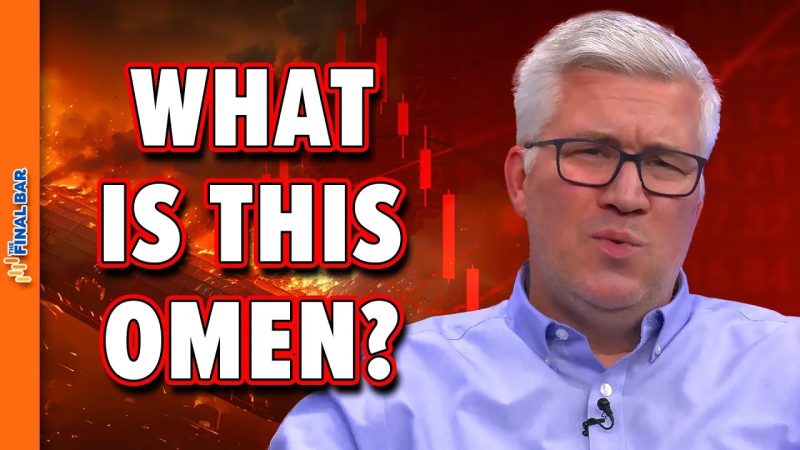Understanding the Hindenburg Omen
The Hindenburg Omen, named after the infamous German airship that tragically exploded in 1937, is a technical analysis pattern that is thought to predict stock market crashes. This indicator is based on the premise that significant market declines are often preceded by periods of instability and uncertainty, reflected in an unusually high number of both 52-week highs and 52-week lows in stocks on the New York Stock Exchange (NYSE).
The truth about the Hindenburg Omen is that it’s not an indicator that can predict the specific timing or extent of a market downturn. It’s more like a storm warning signal, suggesting that the conditions might be right for a crash but not guaranteeing that it will happen. It’s crucial to understand that the signal might give numerous false alarms, indicating drastic drops are on the heels, but nothing may happen.
Specification of Hindenburg Omen
The Hindenburg Omen is derived from the combination of several technical factors, including the number of new highs and new lows on the NYSE, the value of the McClellan Oscillator (a measure of market breadth), and the behavior of the NYSE index itself. For a genuine Hindenburg Omen to occur, four criteria must be met:
1. The number of new daily highs and the number of new daily lows must both be above 2.8 percent of total NYSE issues traded that day.
2. The NYSE index is rising in value.
3. The McClellan Oscillator is negative on the same day.
4. The number of new 52-week highs cannot be twice the number of new 52-week lows.
The Effects of Hindenburg Omen
The implication of the Hindenburg Omen is that the stock market is showing signs of internal inconsistency – a significant number of stocks are hitting both 52-week highs and lows simultaneously. This discrepancy could make the market susceptible to sudden and severe downturns.
When observers identify a Hindenburg Omen, it’s usual for investment sentiment to become very cautious, often leading to a sell-off, which in turn depresses stock prices. This could potentially trigger a self-fulfilling prophecy, where fear of a crash induces the very crash everyone is afraid of.
Duration of Hindenburg Omen
The validity of a Hindenburg Omen signal typically lasts for about 30 days. If the NYSE compiles enough negative data within those thirty days to set off the Omen, the stock market is then assumed to be in a precarious state. However, the precise ‘expiry date’ of the Omen is a matter of debate among technical analysts. Some suggest that the Omen remains in effect for four months, while others believe it only applies for one month.
The market trend following the appearance of the Omen would then determine whether a stock market crash ensues or not. However, not every appearance of the Hindenburg Omen leads to a downfall. The Hindenburg Omen has had many false positives where stock markets did not crash, making it a less than a perfect predictor.
In summary, the Hindenburg Omen is a complex and controversial stock market indicator. While it often does presage periods of market volatility, it is not a guarantee there will be a crash. Therefore, prudent investors consider it more as a warning sign to be cautious, rather than a deterministic forecast instrument.




